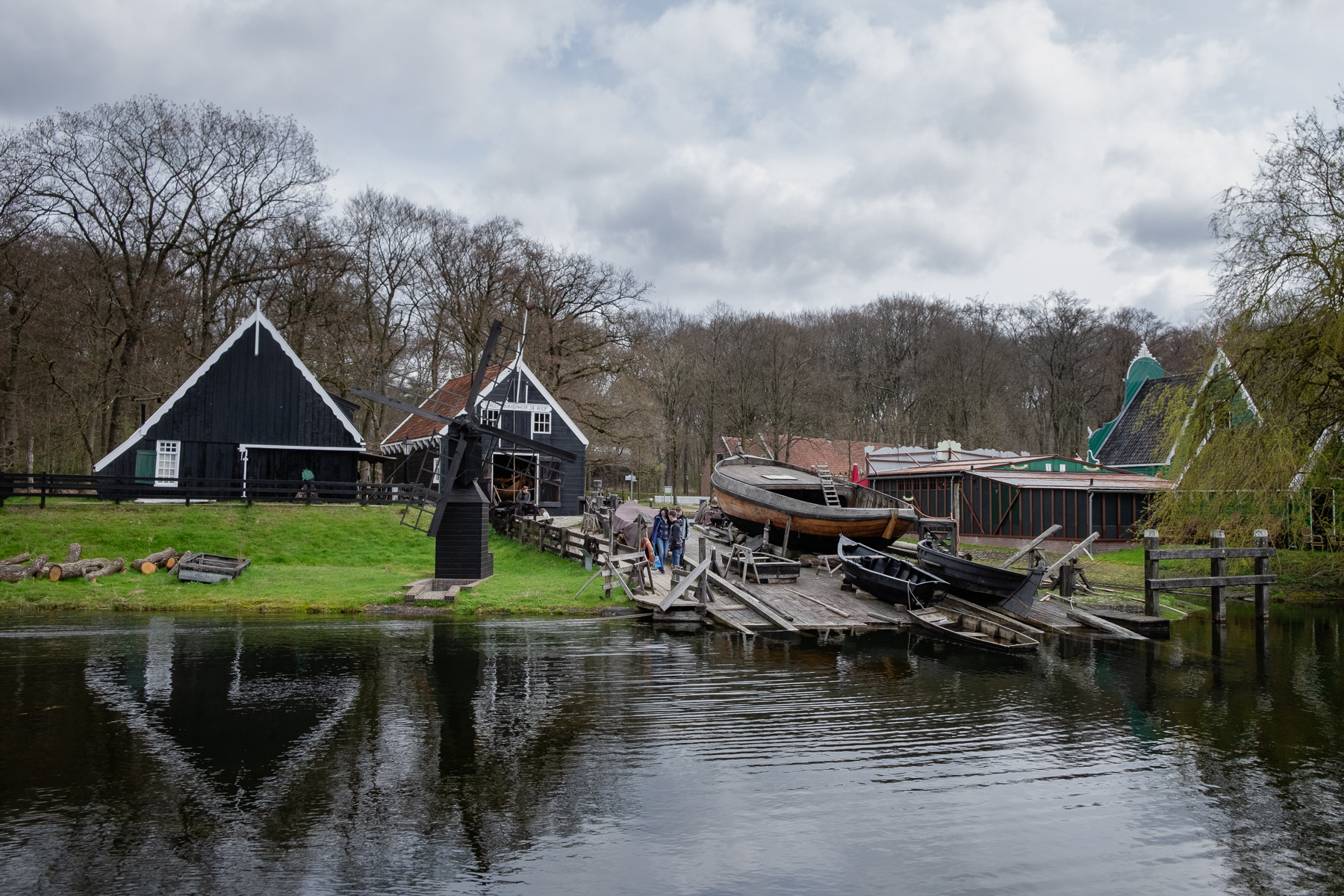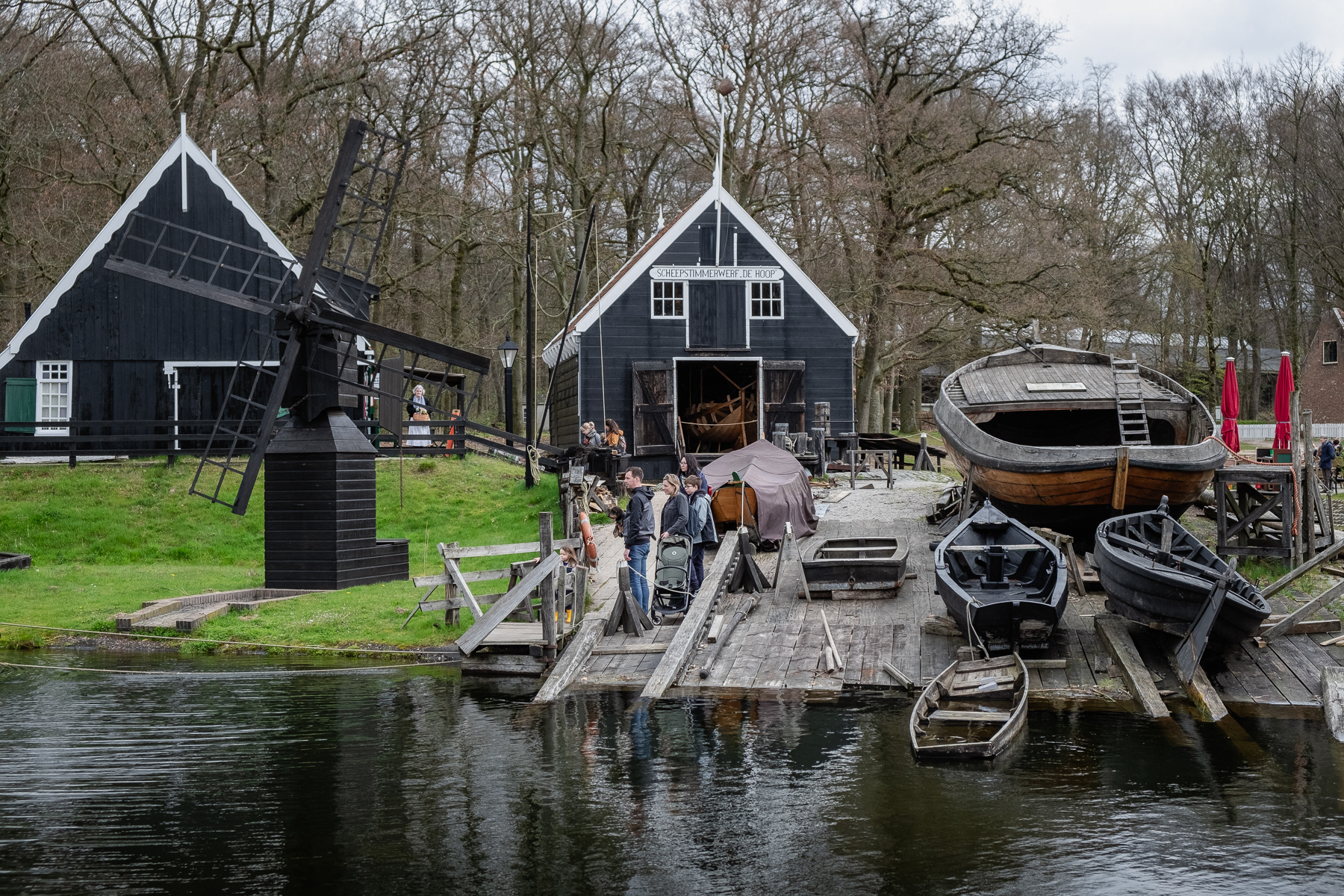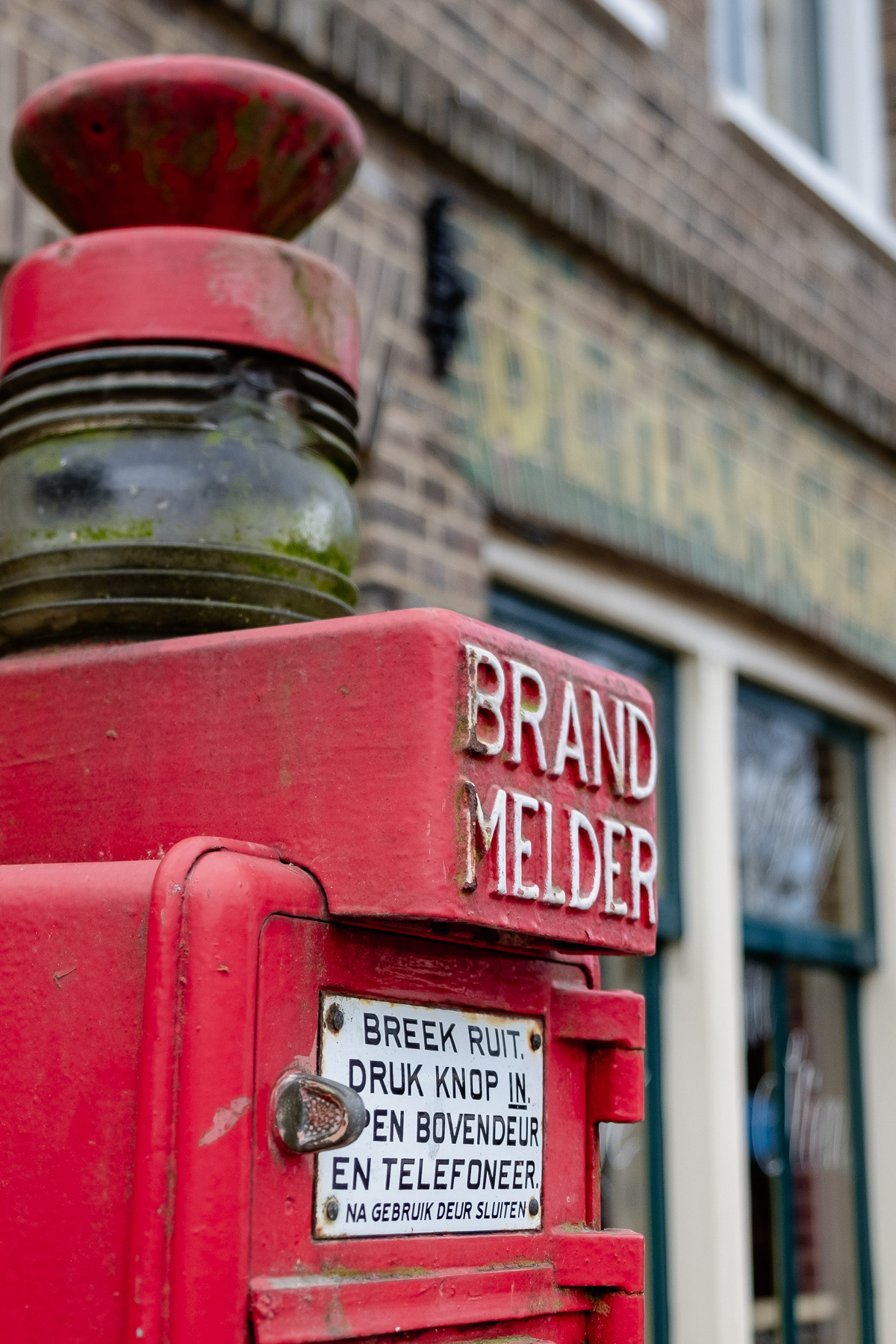

Farm house from Vierhouten, 1850. Since 1938 at the museum.
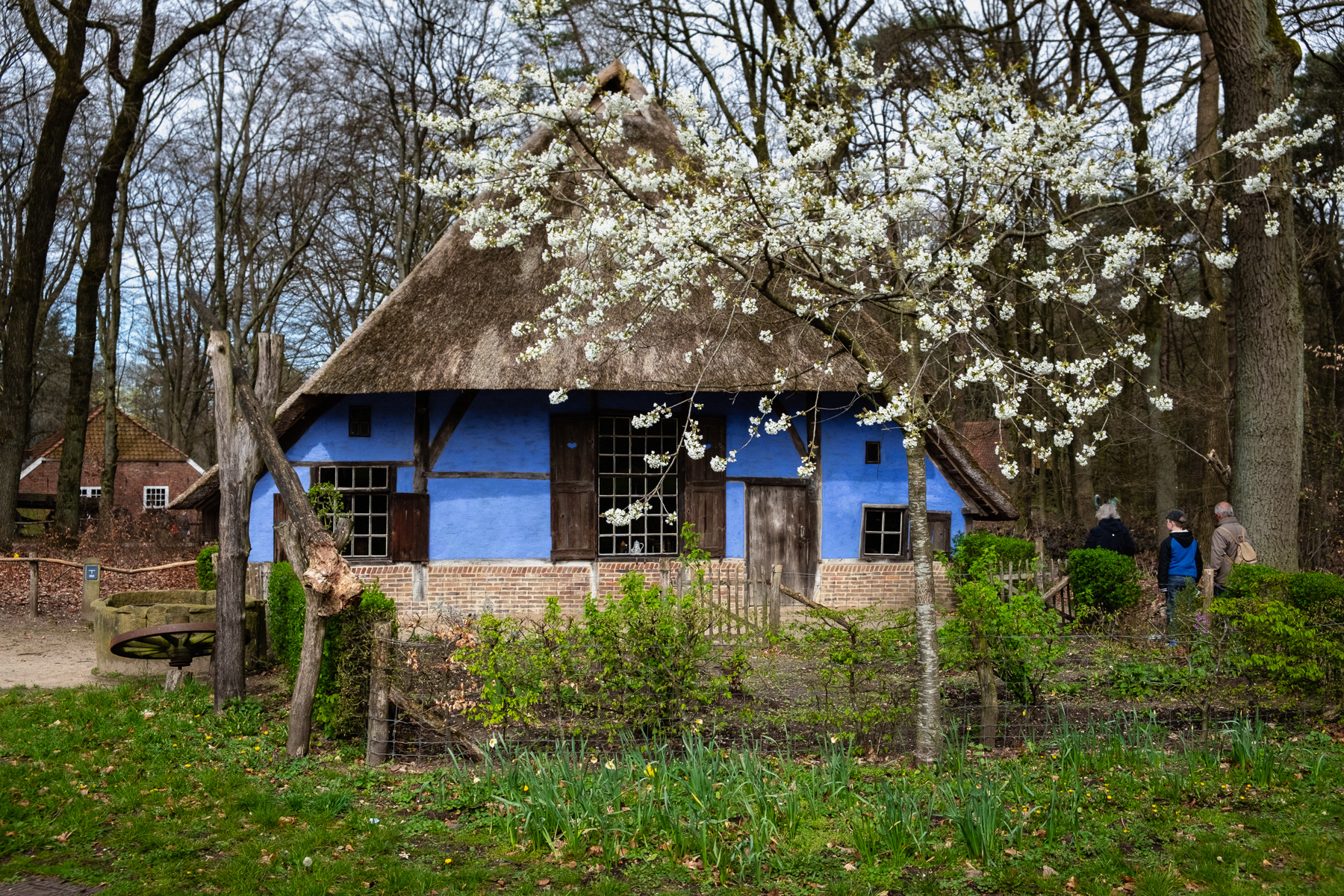
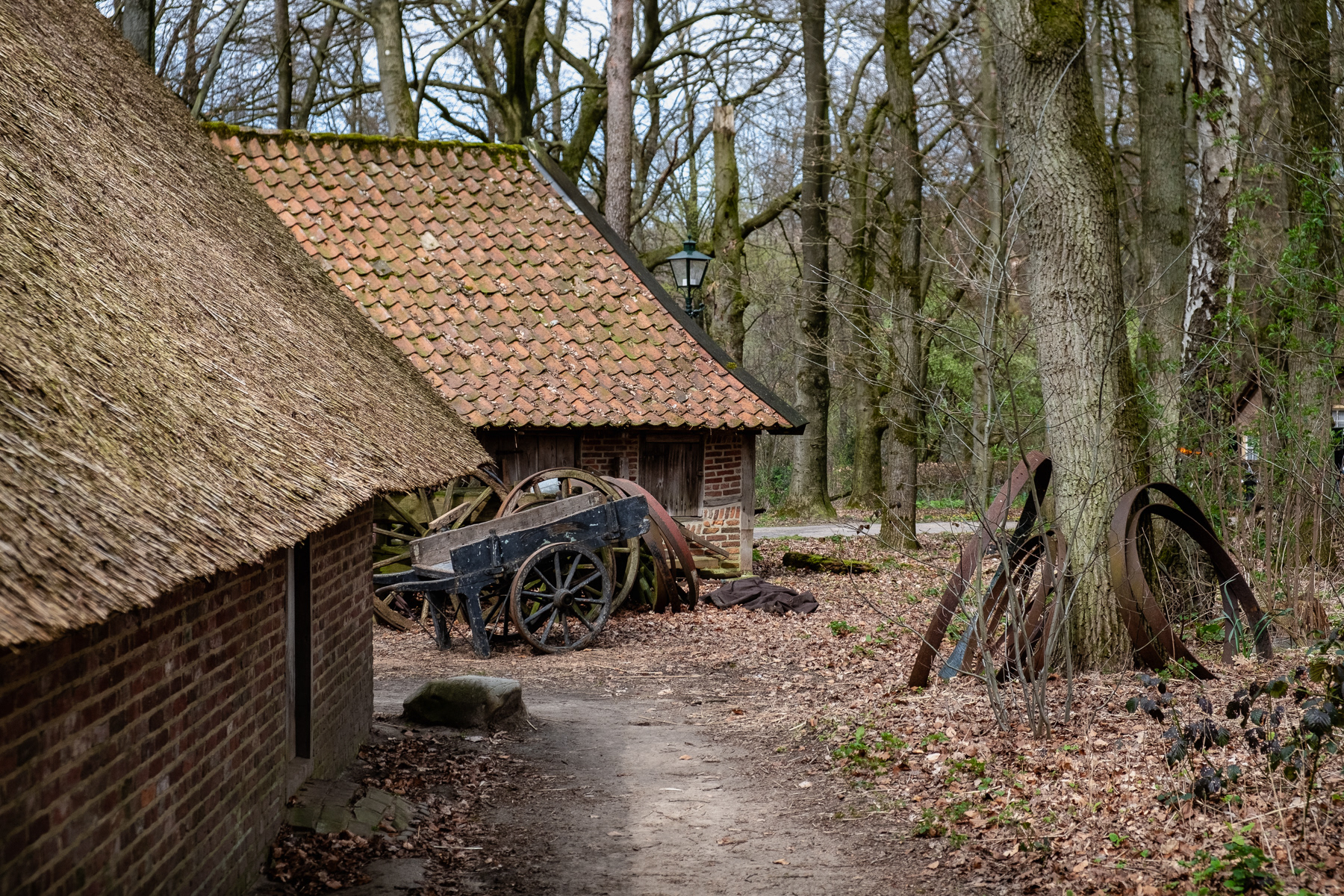
The Paltrok Mill. The oldest parts are from 1960, when it was still standing near Dordrecht. In 1854 it was moved to Numansdorp, and in 1928 the mill was put in place at the museum.
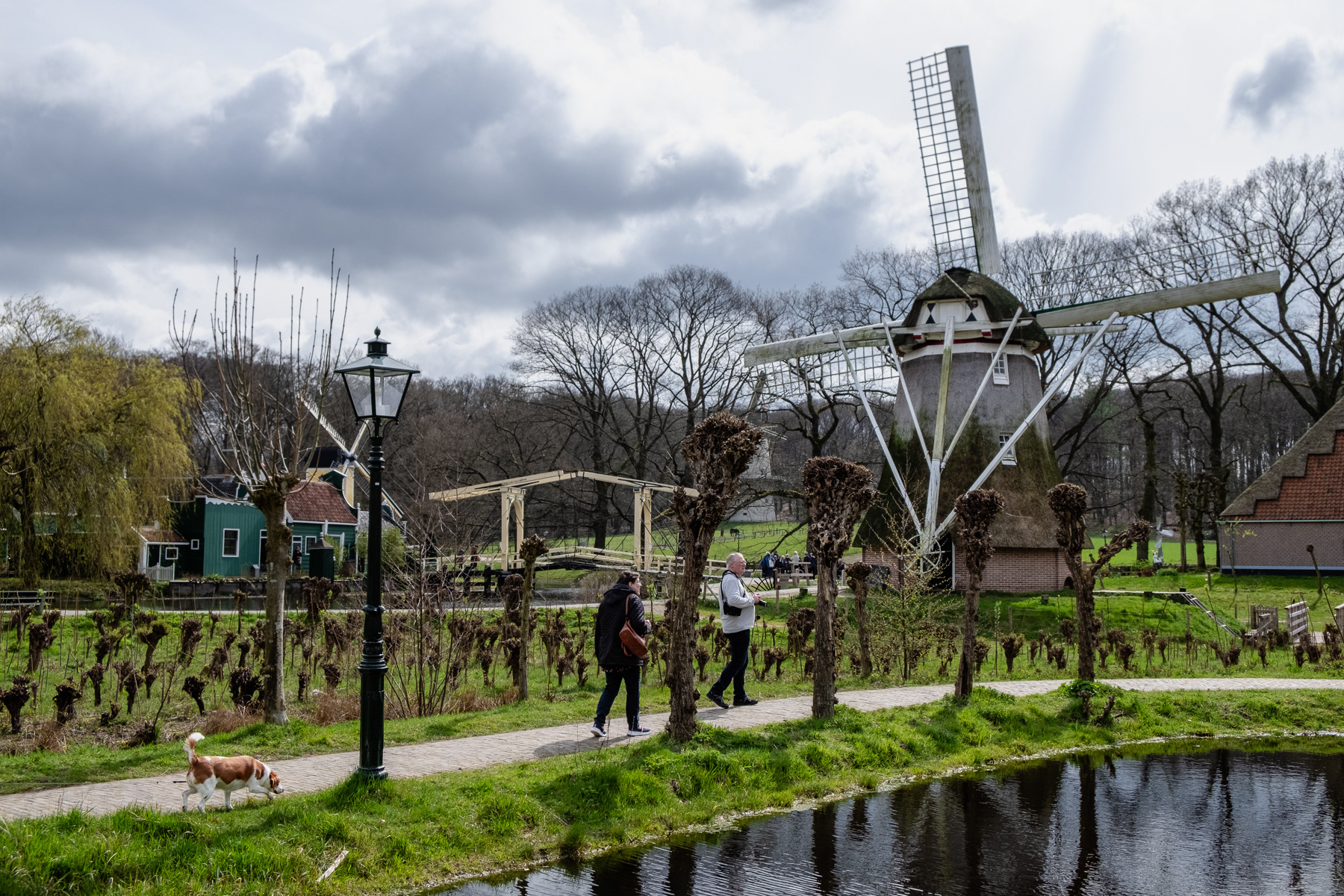

Different angle on the Paltrok Mill.
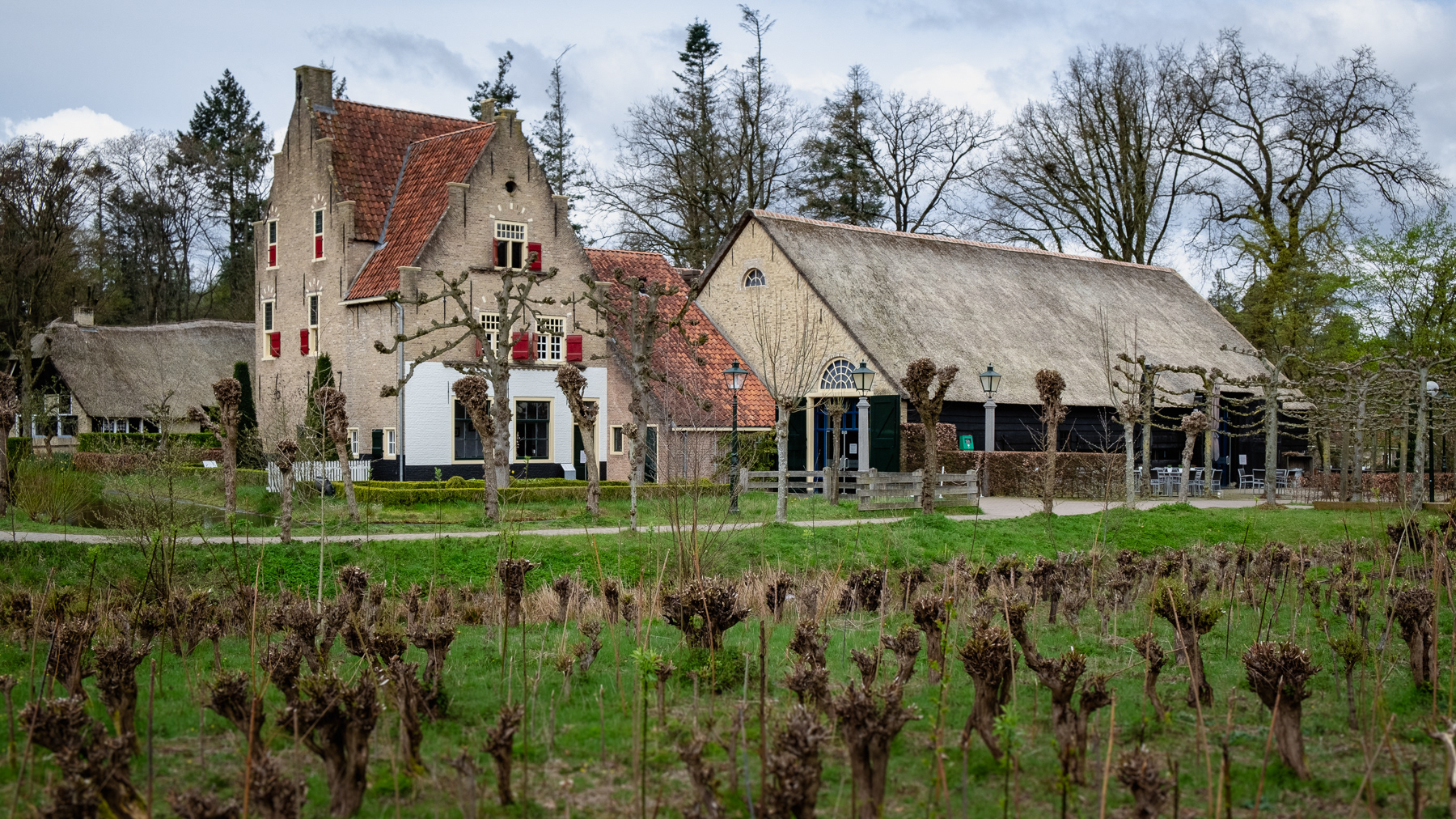

Wagenhuis from the Zaanstreek (replica built in 1975) and the 18th century bridge from Ouderkerk a/d Amstel. The bridge was moved to the museum in 1939.

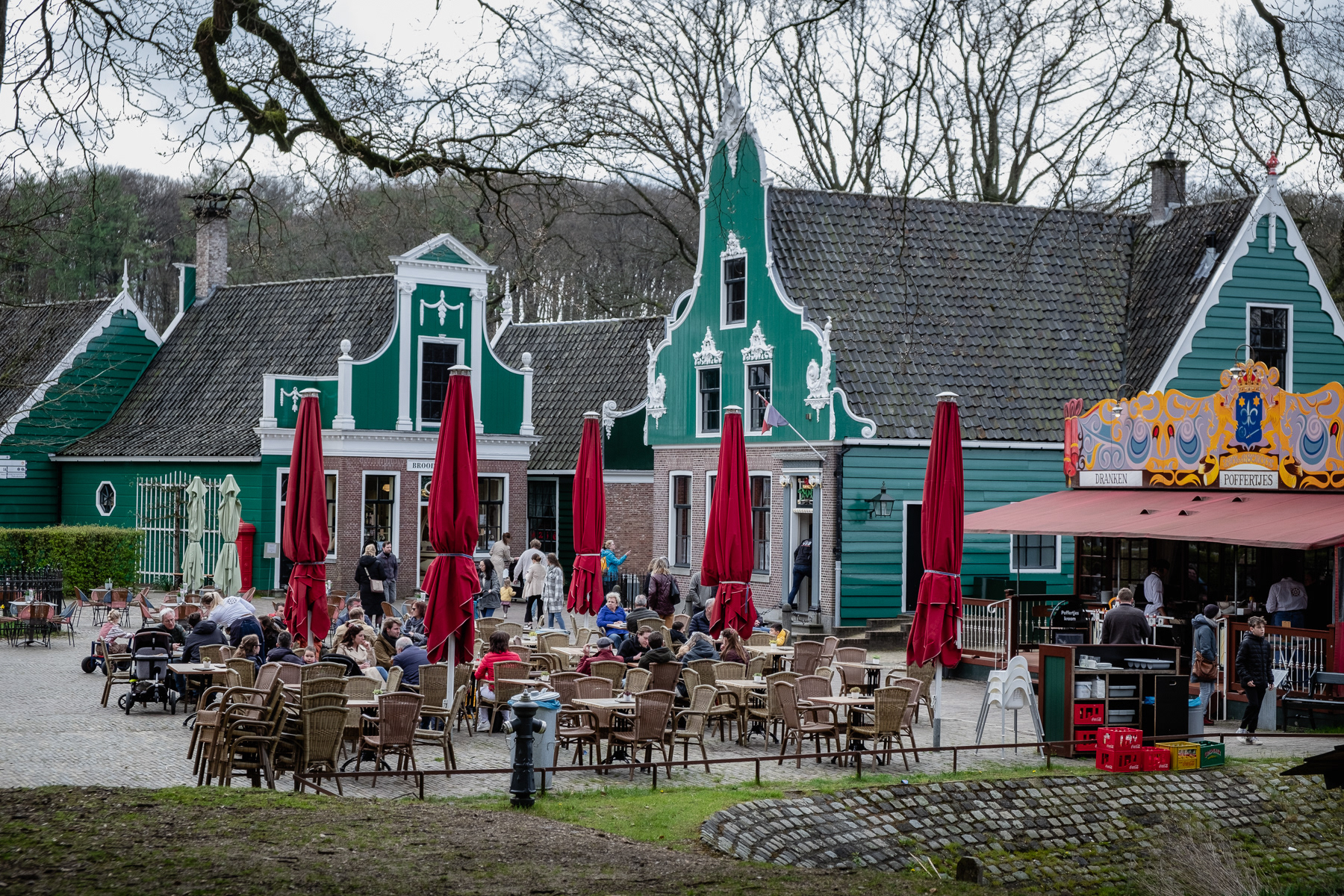
Ship wharf De Hoop from Marken, 1885. At the museum since 1948.
